Embarking on a journey through America's national parks is a thrilling way to reconnect with nature and create timeless memories.
Whether you're planning to traverse the vast landscapes of Yellowstone, witness the awe-inspiring vistas of the Rocky Mountains, or immerse yourself in the lush greenery of the Acadia National Park, preparation is key.
Here, we'll cover all the essential tips to help you make the most of your visit!
Tip #1: Pick the Best Time to Visit
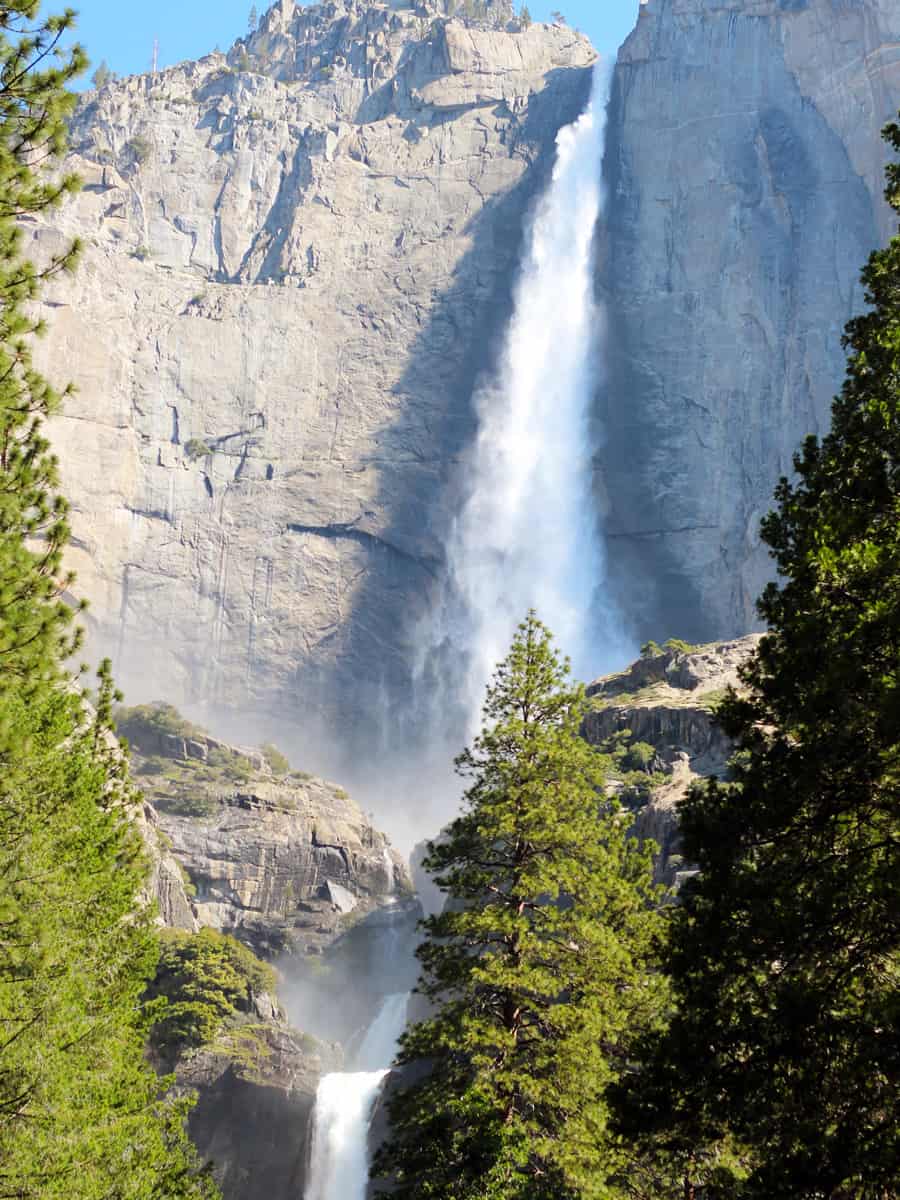
When planning a trip to a national park, one of the first considerations should be the timing of your visit. Each season offers a unique display of nature’s splendor, affecting the scenery and the activities available.
For instance, if you prefer serene walks and blooming wildflowers, spring is the perfect time to visit Yosemite National Park. The waterfalls are most spectacular then, fed by the melting snow.
Summer, while popular, can be the best time to explore the high altitudes of Rocky Mountain National Park, where the trails are fully accessible, and the wildflowers blanket the open meadows.
Meanwhile, autumn brings a breathtaking palette of colors to the deciduous forests of Acadia National Park, making it an ideal time for photographers and nature lovers to visit.
If you're a winter sports fan or relish the idea of fewer crowds, consider a winter trip to Yellowstone.
The park transforms into a winter wonderland where you can engage in cross-country skiing and snowshoeing while enjoying the beauty of geothermal features amidst the snow.
Tip #2: Pack Lightly and Effectively
Your backpack should only house the essentials, helping you to enjoy your hike without unnecessary weight. Overpacking is a common pitfall, so stick to the must-haves.
First up, the basics. Always include a national park pass; it's your golden ticket to the parks. Next, layer up with weather-appropriate moisture-wicking clothing to keep you comfortable, particularly on treks where the weather can shift swiftly.
Staying hydrated is crucial—make sure to fill your water bottle and consider bringing a filtration system if you're out for the whole day. Your energy levels are just as important, so pack nourishing snacks to keep you going.
Keeping your energy up is equally important, so pack plenty of nourishing snacks. Since park facilities can be limited, it’s a good idea to bring enough food to avoid getting hungry.
Lastly, don't forget your safety items. A well-stocked first aid kit can be a game-changer, alongside a detailed map of the park and a compass or GPS.
Tip #3: Get to Know Your Transport Options
Most parks provide accessible means like shuttle buses, car rentals, and water-based transport such as ferries and canoes, which are ideal for exploring coastal or lake-bordered parks.
However, it’s also important to be aware that some parks are in remote areas, and reaching them can be challenging.
For example, accessing parks like Gates of the Arctic National Park and Kobuk Valley National Park in Alaska requires air travel, which involves more planning and potentially higher costs and limited schedules that can affect your trip.
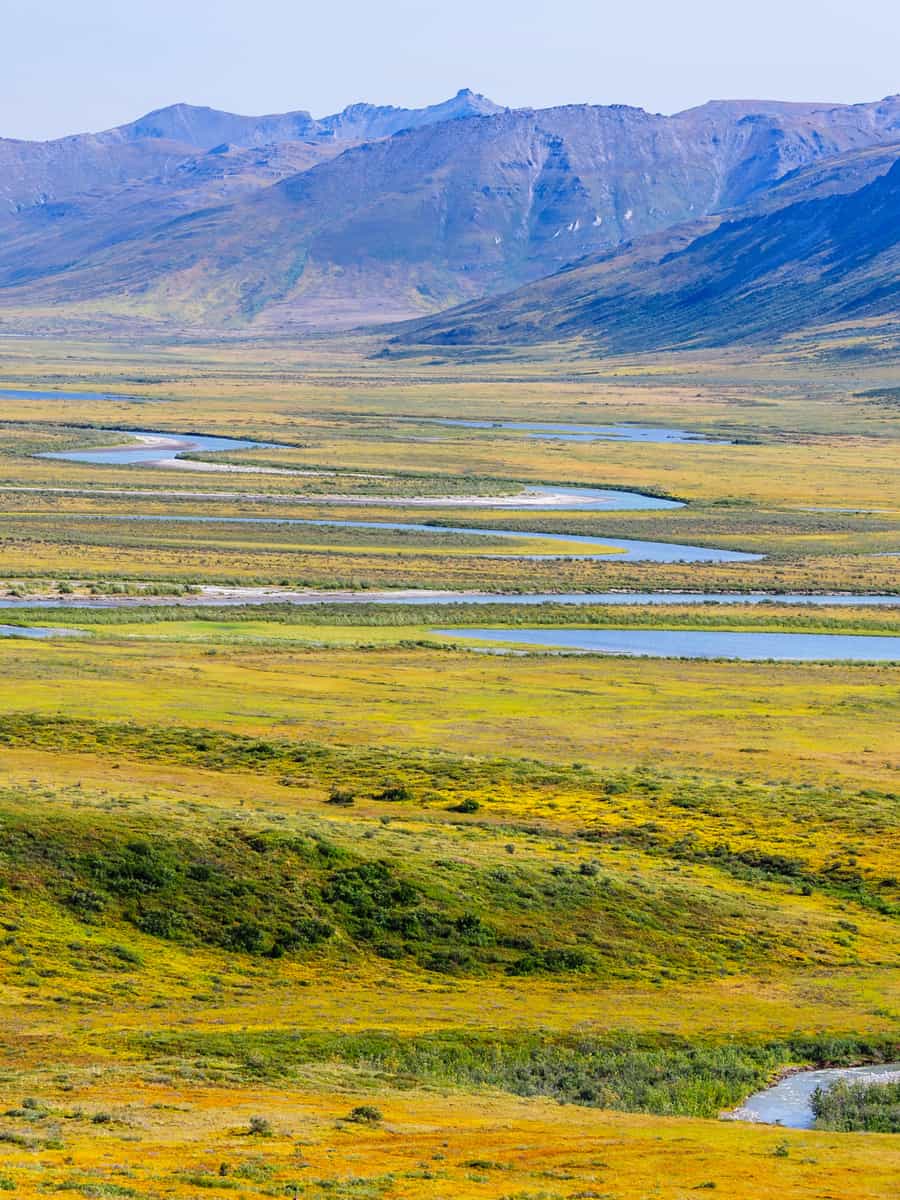
Likewise, getting to Dry Tortugas National Park in Florida typically involves a boat or seaplane journey, which means keeping an eye on weather conditions and availability.
Being prepared for these realities ensures you can fully enjoy the experience without unexpected hurdles.
Trip #4: Book a Stay Inside the Park
Lodging within the park's boundaries keeps you close to the wonders you've come to explore. To snag that perfect room, planning ahead is vital.
Hotels and lodges within most parks are incredibly popular, especially during peak tourist seasons.
It's not uncommon for these accommodations to be booked up to a year in advance. Reservations for in-park lodging often open 13 months ahead and fill quickly.
If you're past the ideal booking window, don't lose hope. Cancellations happen, and sometimes rooms open up. Keep a keen eye on reservation websites or call the park's lodging offices directly.
If you have a flexible schedule, visiting outside the park's high season can result in easier bookings and a more serene experience.
Tip #5: Consult With Rangers Upon Arrival for the Latest Park Information
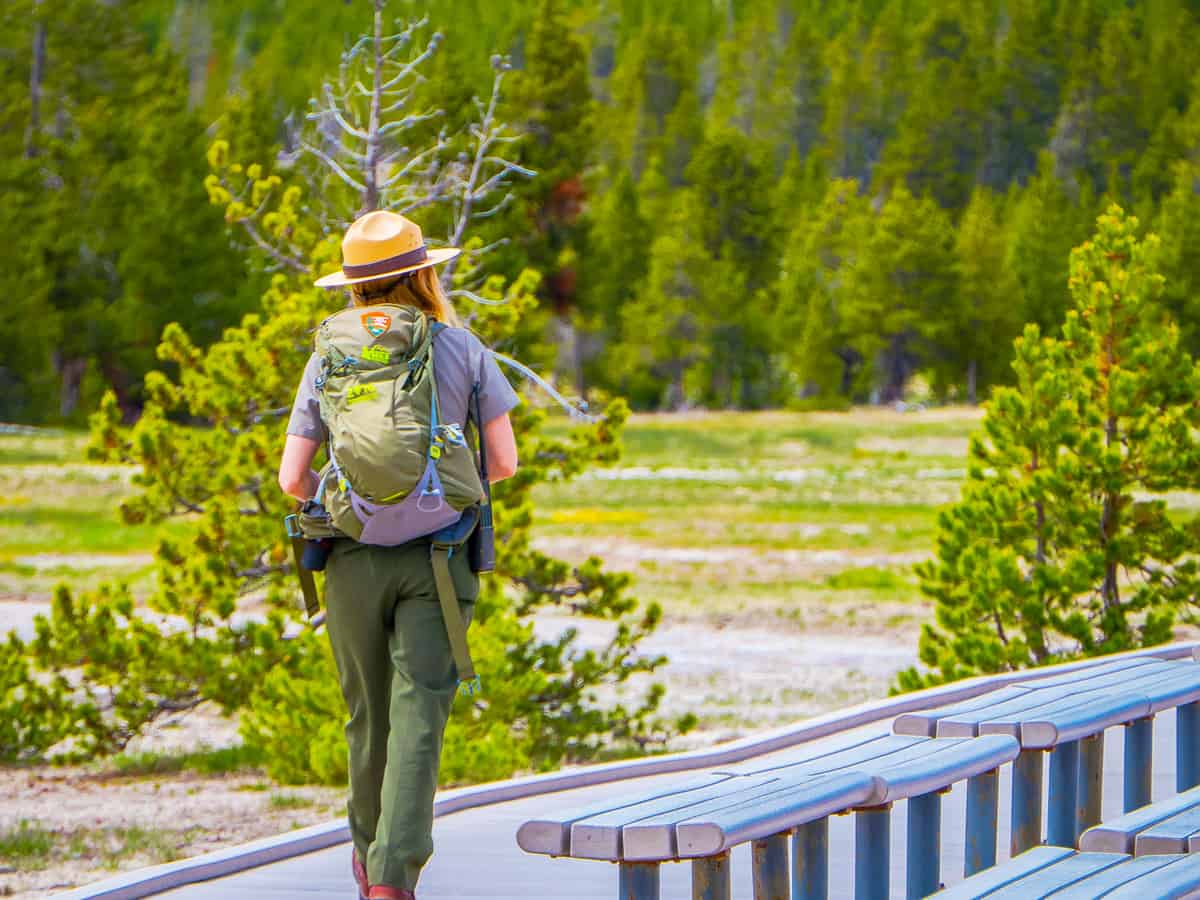
Upon arrival, catching up with a park ranger should be at the top of your to-do list. They’re an invaluable resource, providing information to ensure your visit is enjoyable and safe.
Rangers have the 411 on everything from weather updates to trail conditions. They can alert you to recent changes that might impact your plans, such as unexpected trail closures or wildlife activities.
So before you set up camp or hit the trails, a quick chat with a ranger can make all the difference. It's super easy to find a ranger, too—look for visitor centers or ranger stations.
Tip #6: Look Up Some Itineraries for Longer Stays
A well-crafted itinerary is your road map to adventure. When you're planning a longer stay in a national park, having a structured plan can help you maximize your time and ensure you don't miss any must-see sights or experiences.
For trips extending beyond a couple of days, it's beneficial to look up recommended itineraries highlighting the park’s key attractions, best hiking trails, and hidden gems.
Many national parks provide sample itineraries on their official websites, designed by rangers who know the area best. These can be a great starting point.
You can also find detailed itineraries in travel guides, such as ours, where experienced park visitors share their insights and tips.
Consider your pace and interests. Some itineraries might pack in a lot from dawn to dusk. In contrast, others might allow for more leisurely exploration or time to indulge in specific activities like photography or bird watching. I
It’s also wise to include some flexible time to accommodate weather changes or spontaneous adventures you discover.
Tip #7: Explore Beyond the Beaten Path
When planning your national park adventure, stepping off the conventional routes can unlock experiences few travelers can see.
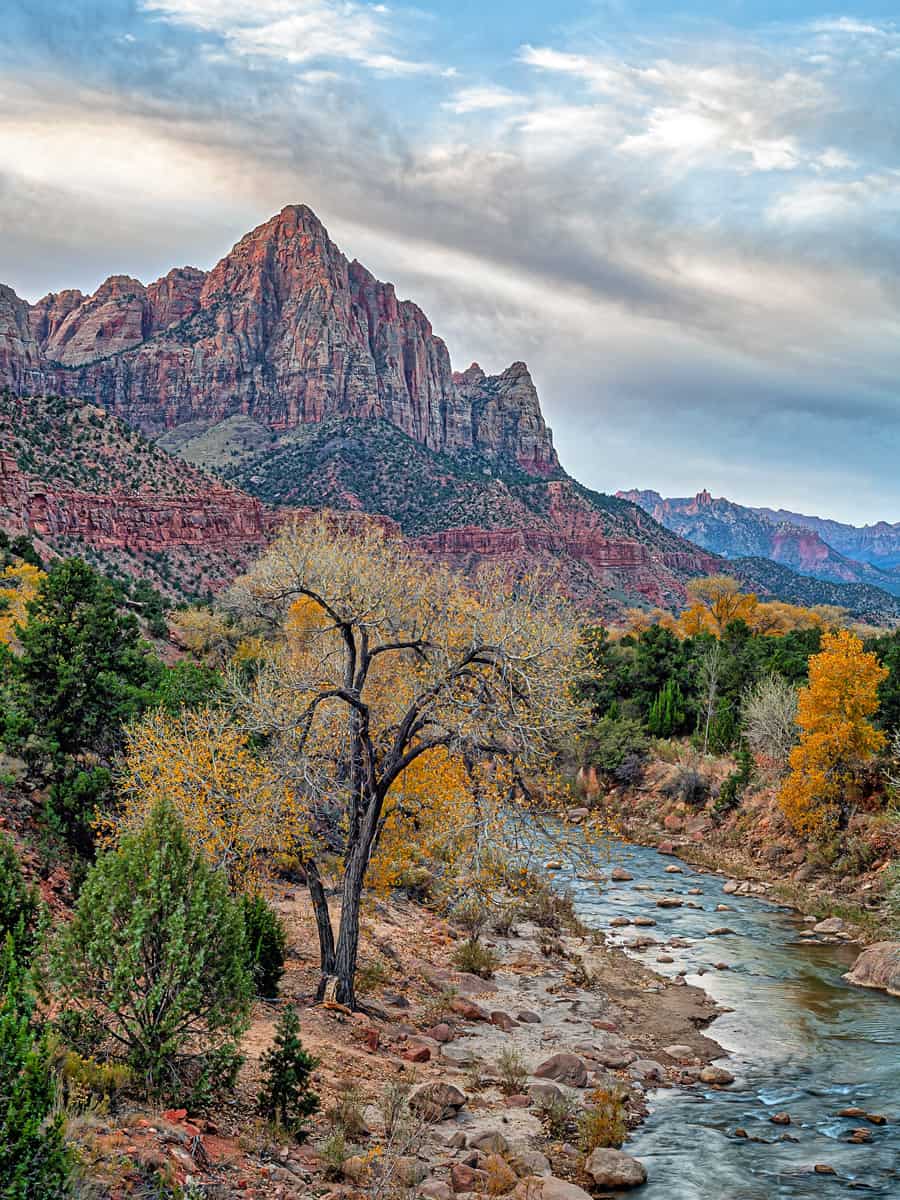
Steer clear of the crowds by visiting during quieter months. Zion National Park, for instance, sees fewer visitors from October through March, offering a serene and authentic atmosphere.
For something truly unique, Jewel Cave National Monument rewards your adventurous spirit with sparkling calcite crystals in an intricate cave system. It’s a hidden treasure that boasts natural beauty without the heavy foot traffic.
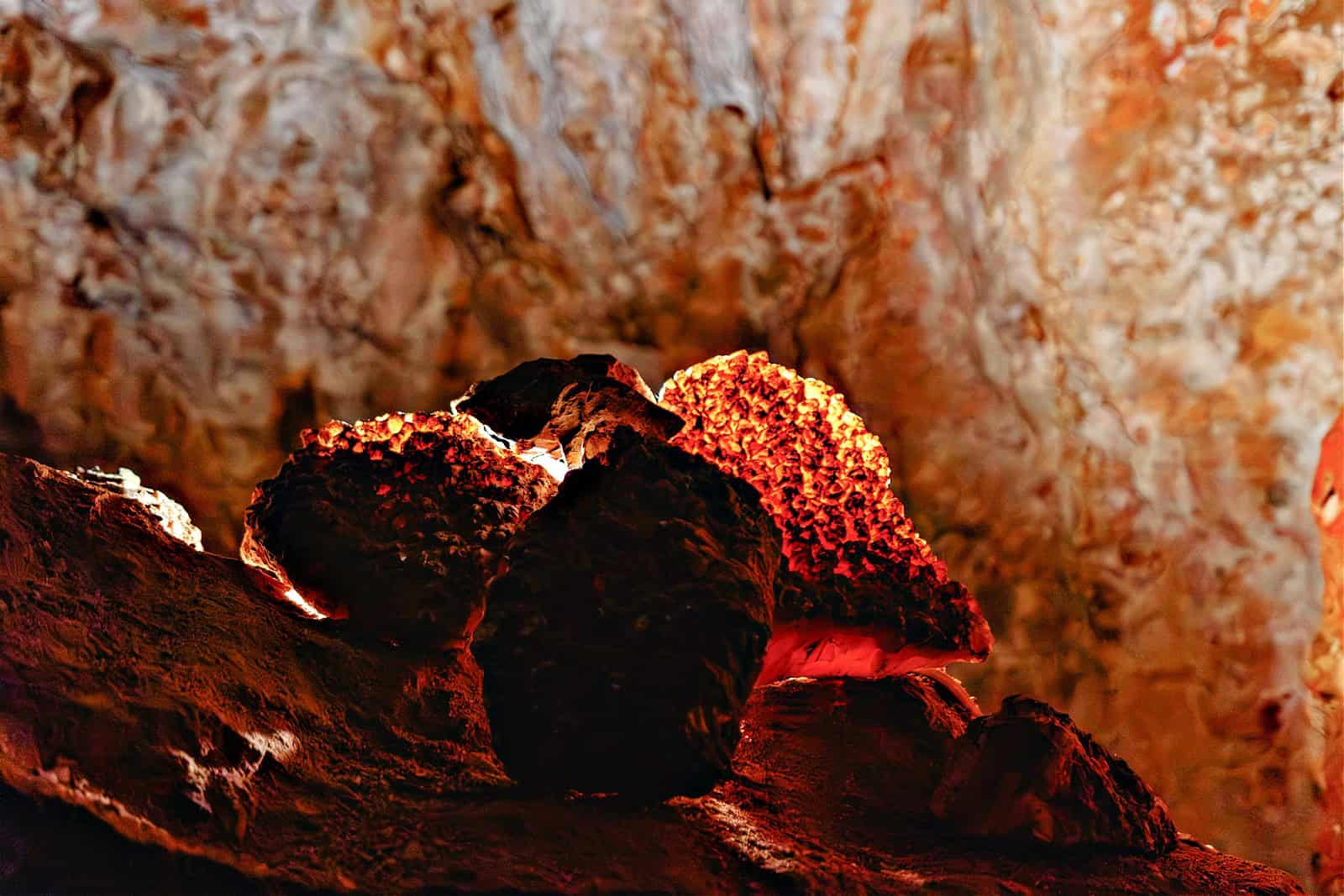
Discover hidden corners of your chosen park. Research less popular trails or areas that aren't featured in every guidebook.
Your trip should be safe, so always inform a park ranger of your plans and never stray into unauthorized areas. Check out the National Park Service's safety guidelines to prepare confidently.
Tip #8: Be Aware of Your Limits
Knowing your physical limits is crucial when planning a national park trip. You don't want to overestimate your abilities – it can lead to exhaustion or injury.
Start by assessing your current fitness level and selecting appropriate trails and activities. If you're not a seasoned hiker, opt for shorter, easier trails and gradually build up to more challenging ones.
It’s important to take into account the difficulty levels of park trails. For instance, the U.S. National Park Service provides detailed guides on trail lengths and elevation changes. Stick to paths that are well within your comfort zone.
If you have health conditions, always consult your doctor before your trip.
In the wilderness, the weather can change suddenly. Monitor the forecast and be ready to turn back if conditions worsen. If you're not used to high altitudes, learn about altitude sickness and take time to acclimate.
Listen to your body and rest when needed. Have a plan for emergencies, including a charged phone and a whistle in case you need to signal for help.
Tip #9: Respect Wildlife
Remember to admire animals from a safe distance to ensure they remain wild and free.
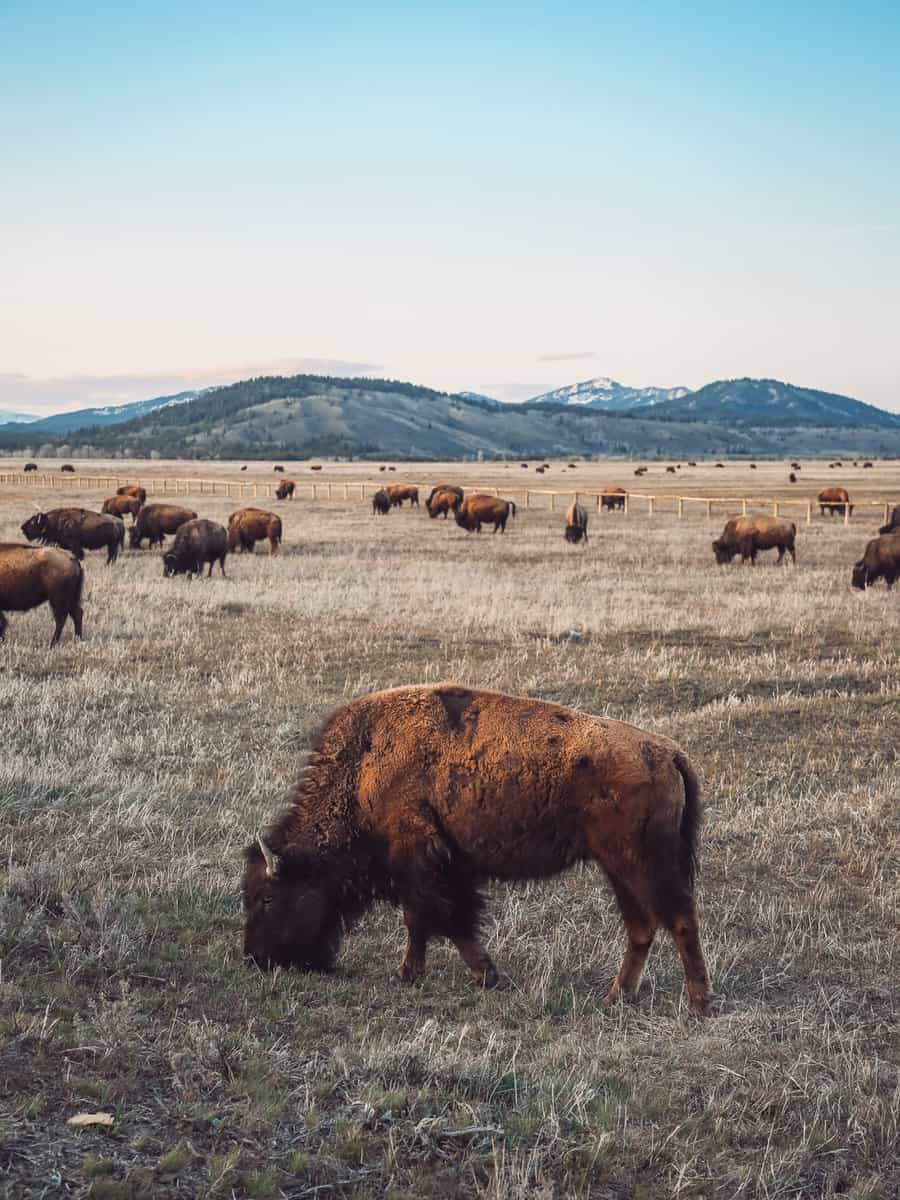
These majestic creatures are part of the park's ecosystem and deserve our utmost respect. Start by keeping your hands to yourself, and look without touching to leave nature undisturbed.
If an animal seems alert or anxious because of your presence, moving away and offering them more room calmly is crucial. Maintaining a safe distance protects the wildlife and ensures your safety.
Tip #10: Leave No Trace
When you visit national parks, keeping them clean and undisturbed is important. This means taking all your trash, staying on the paths, and tidying your campsite.
The idea is to leave the park looking like you were never there so nature can stay natural and healthy. Following simple practices, you help ensure these natural treasures remain pristine for future generations.
Have Fun, Stay Safe, and Be Sure to Follow the Rules
Knowing and adhering to the park's rules is essential. Learning about these guidelines beforehand can make a big difference.
They're meant to protect you and the environment you're there to enjoy. The National Park Service's planning guide is invaluable for detailed information and tips.
Remember, each trip to a national park should be a treasure trove of moments you'll hold dear. Keep these tips in mind, respect the rules, and enjoy the spectacular journey that awaits you.

